A Recap of the 5 Hottest Marketing Trends of 2016
Published on November 10, 2016/Last edited on November 10, 2016/6 min read
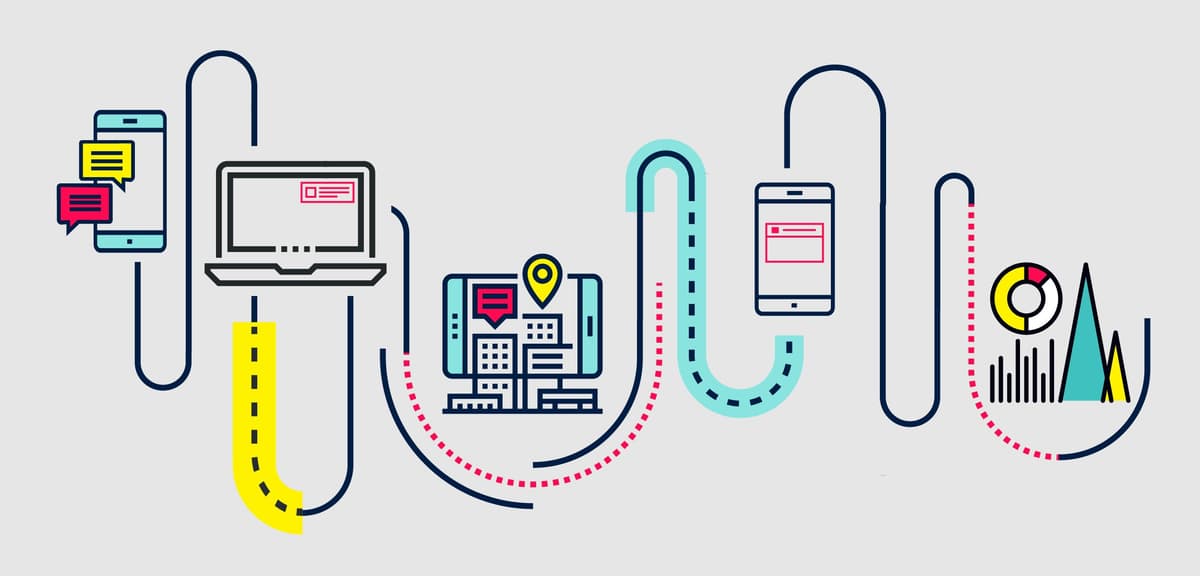

Team Braze
It’s the same every year in the marketing world: things just keep changing. Emerging technologies keep emerging, new strategies and use cases develop, and changes in user behavior and expectations continually appear, complicating your brand’s tactics but also providing new ways to reach your business goals. And it can feel at times like marketers have to spend half their time just trying to keep up.
2016 is no different. There’s been a lot of hype as the year has progressed about new tech and new approaches to customer engagement that can/will/might change things for marketers. But not all of them have panned out—and some new trends have snuck in under the radar, impacting marketing without attracting much outside attention.
To help you stay current, we’ve pulled together five big marketing trends that deserve serious thinking, as well as two other predicted trends that haven’t panned out yet (but could soon!). Take a look:
5 big 2016 marketing trends
1. OTT marketing
When Facebook announced this spring that it was opening up Facebook Messenger to third-party chatbots, it did more than just introduce Messenger’s 900 million users to outside brands: it instantly made OTT marketing something that brands had to think about. OTT marketing, in which third-party brands interact with their customers using OTT messaging platforms like Facebook Messenger, Line, and Kik, has been big in China for years, but Facebook’s announcement opened the floodgates in other markets.
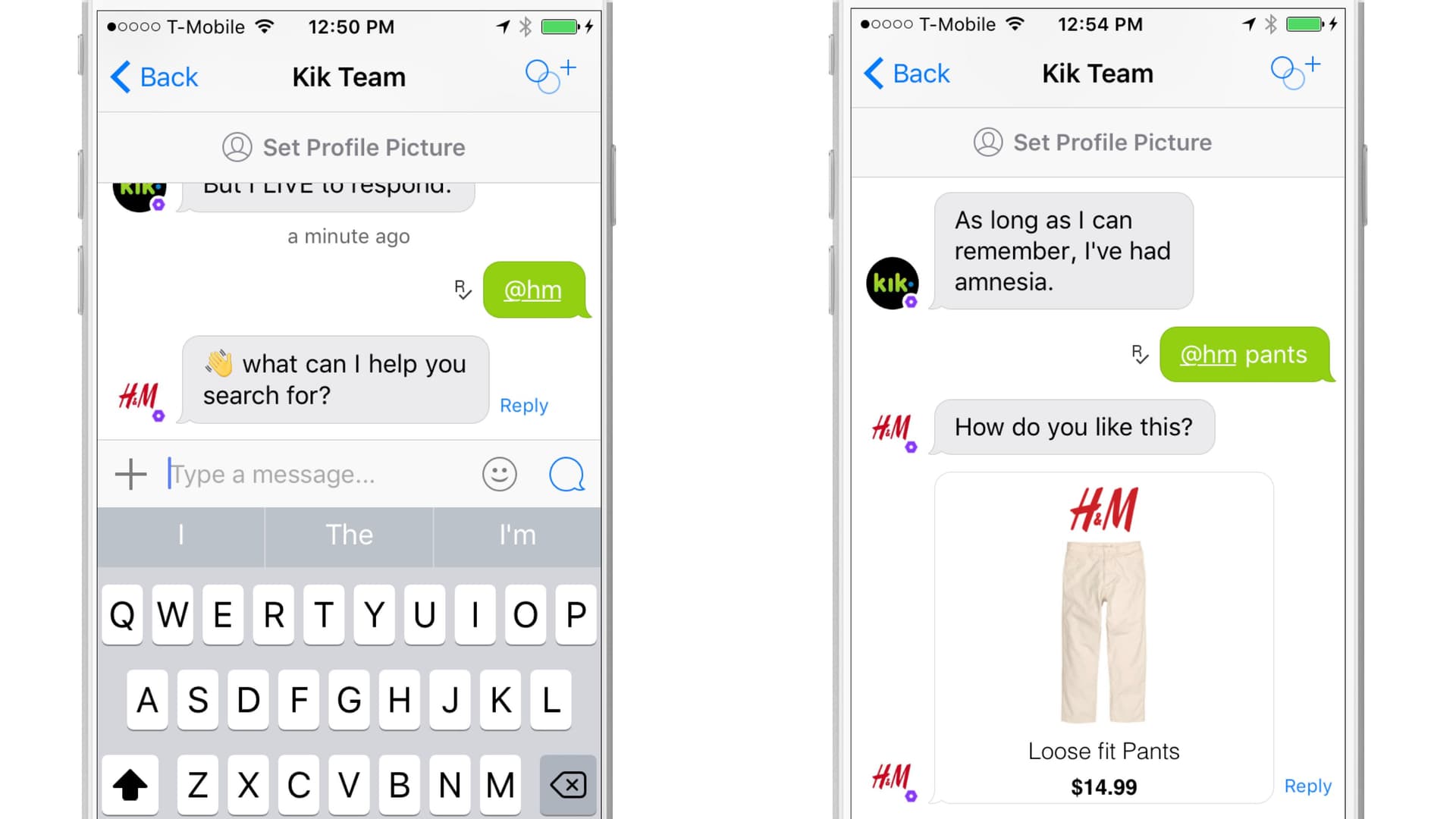
A user browsing H&M slacks on the Kik platform
And now, just months later, users can buy pants from H&M, watch the latest Major Lazer music video, and keep up to date on CNN’s political news, all using chatbots within OTT messaging platforms. This approach to marketing is still new and works best as an extension of your existing marketing platforms, rather than the primary engagement point for customers (though Coach, for one, is exploring that approach), but expect it to keep growing in importance in coming months.
2. Web messaging
This trend is just beginning. Over the past few years, we’ve seen web messaging grow from an intriguing concept to a major new way to reach users on desktop and the mobile web. The two major web messaging channels—in-browser messages, which allow marketers to communicate with active web visitors, and web push notifications, which can reach users who aren’t currently viewing your website—have been embraced by a growing number of brands, including B&H Photo Video, Asana, and Letgo, which are using these outreach tools to build on their email and mobile messaging engagement efforts.
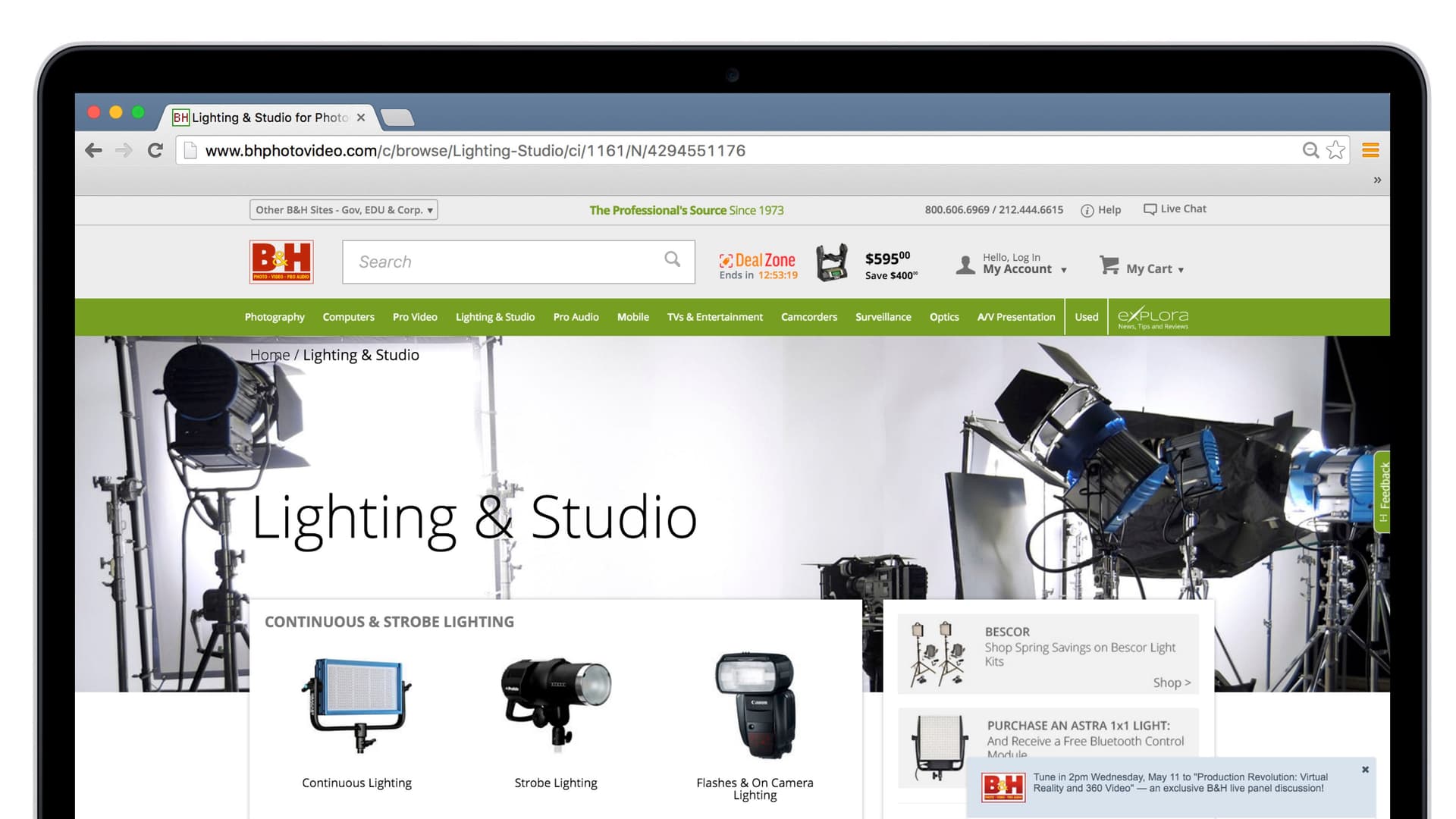
An in-browser message sent by B&H Photo Video.
The trend has gotten big enough that Google recently announced a significant change to how it calculates search rankings on mobile, apparently in order to encourage sites to be more thoughtful about how they use in-browser messages and other web interstitials.
Long story short? Expect to see more brands take advantage of the outreach potential of these channels going forward.
3. Augmented reality
Over the past five years, augmented reality (AR) has been an appealing glimmer on the horizon: something exciting, but consistently out of reach. While the technology existed to support the interaction of real-world and digitally created objects and experiences, it hadn’t broken through into the mainstream.
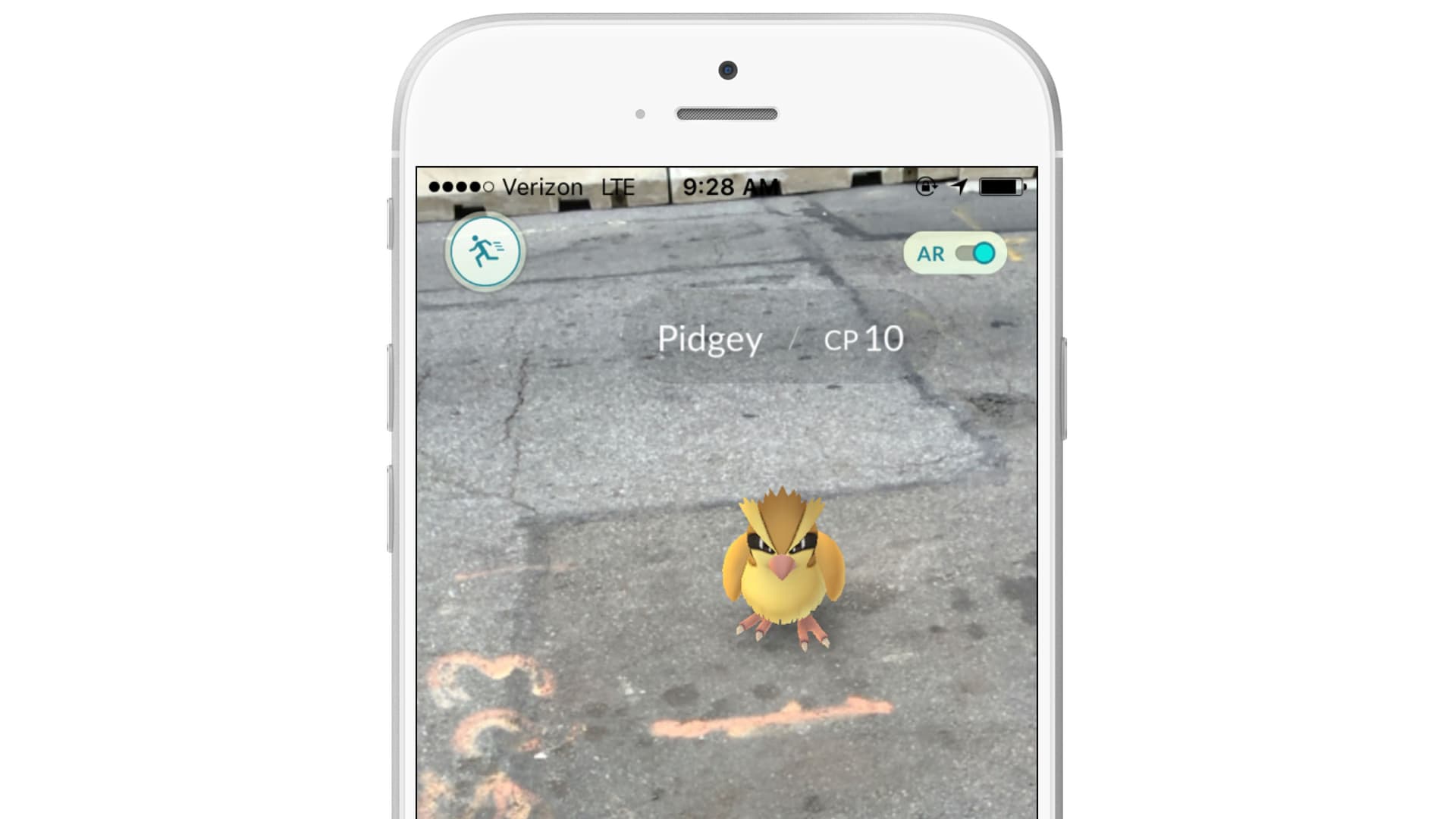
A digitally created Pokemon monster on a real-world New York City street
This summer, that changed. The launch of Nintendo’s new, AR-powered Pokémon Go mobile app and it’s sudden, meteoric success—in conjunction with Snapchat’s popular face-altering AR lenses—introduced augmented reality to a mass audience and led to an increased focus on this technology and its potential to transform customer/brand relationships. The number of brands actively using AR to reach, engage, and retain their customers is still small, but with a new mainstream understanding of AR’s appeal (and next-generation augmented reality technology like Magic Leap on the horizon), it’s time for companies to start thinking seriously about how to make use of AR in their marketing.
4. Rich push notifications
While Android has supported push notifications with images and action buttons for a while, this fall’s new version of Apple’s iOS mobile operating system includes support for rich push notifications that raises the bar for this messaging channel. With the launch of iOS 10, it’s now possible for marketers to include images, GIFs, video, and in-message experiences (for instance, tracking the location of a food order), significantly boosting the versatility and impact of push notifications.
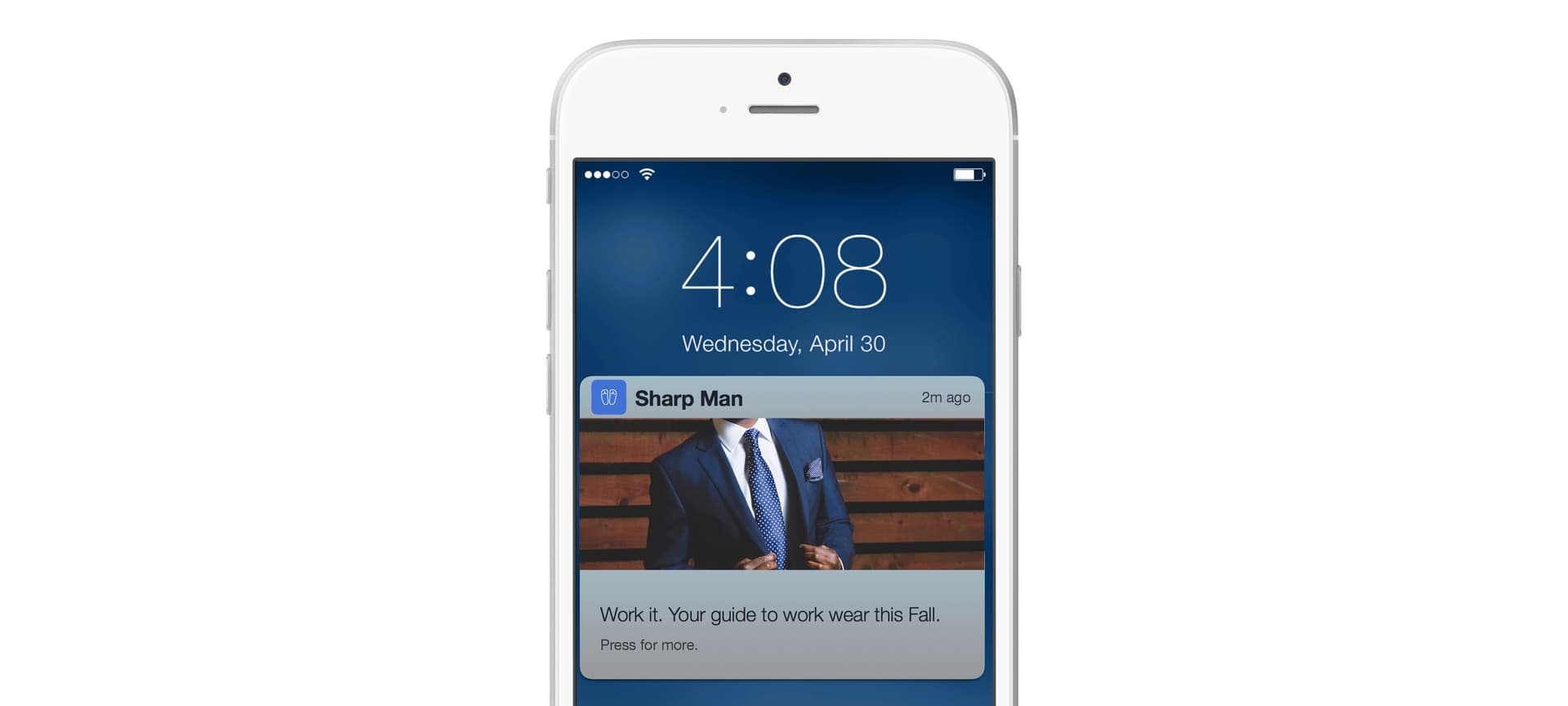
A push notification containing a rich image on iOS 10
The change is also expected to elevate the importance of push notifications and the iOS notifications center when it comes to users’ interactions with apps, potentially making push notifications even more central to brands’ user engagement and retention strategies going forward.
5. Retention marketing
For most of the mobile era, acquisition has been king. Marketers focused on bringing in as many new app users as possible, often spending vast sums of money in the process. But as we approach the 10th anniversary of the first iPhone, things are changing: this year, the number of new app downloads has noticeably slackened, the cost of acquiring new customers has reached painful levels, and users are increasingly focusing their limited time and attention on a small number of favorite apps.
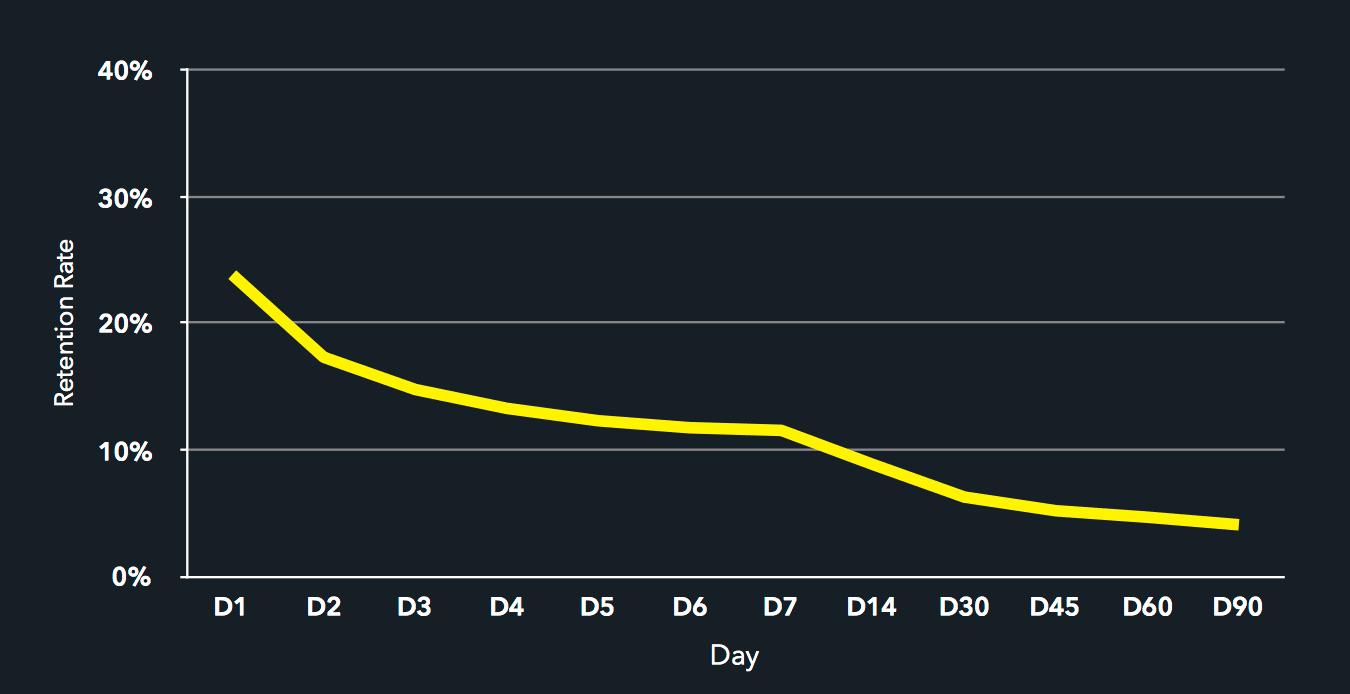
Average user retention rates over the first three months after install
The evolving landscape has spurred an increased focus on retention marketing. Big-name brands like NASCAR have embraced the promise of retention marketing by prioritizing advanced segmentation and message personalization to provide their users with a hyper-customized experience that provides tangible value, improving the customer/brand relationship and strengthening engagement and retention rates over the long haul.
It makes sense. Focusing on retention is cheaper and than prioritizing acquisition, and makes the money spent on bringing in new customers more effective—in fact, a study by Bain & Company found that increasing retention rate by 5% could boost profits by 25–95%. This is one trend that seems likely to get stronger as time passes.
2 trends with potential that haven’t hit yet
1. Other new engagement platforms
While OTT messaging platforms are becoming increasingly promising venues for third-party brands, other talked-about platforms are still waiting for their day in the sun. The launch of the Amazon Echo, Google Home, and updates to Apple’s tvOS raised expectations that these household-focused technology platforms could provide marketers with a new way to reach out to customers, but reports that Alexa and Apple TV will support some form of third-party notifications have yet to bear fruit, limiting their current usefulness.
2. Virtual reality
When Facebook bought virtual reality (VR) startup Oculus back in 2014, the move led to a significant increase in interest (and investment) in virtual reality. But while the rise of this technology has felt imminent ever since, a number of thought leaders expected 2016 to be its breakout year. But while some devices have launched and others have been announced, that hasn’t happened. In fact, with the launch of Pokémon Go, augmented reality actually upstaged virtual reality this year, leaving the dream of VR’s mass adoption by consumers feeling nearly as a far away as it did in the days of Virtual Boy.
Be Absolutely Engaging.™
Sign up for regular updates from Braze.



